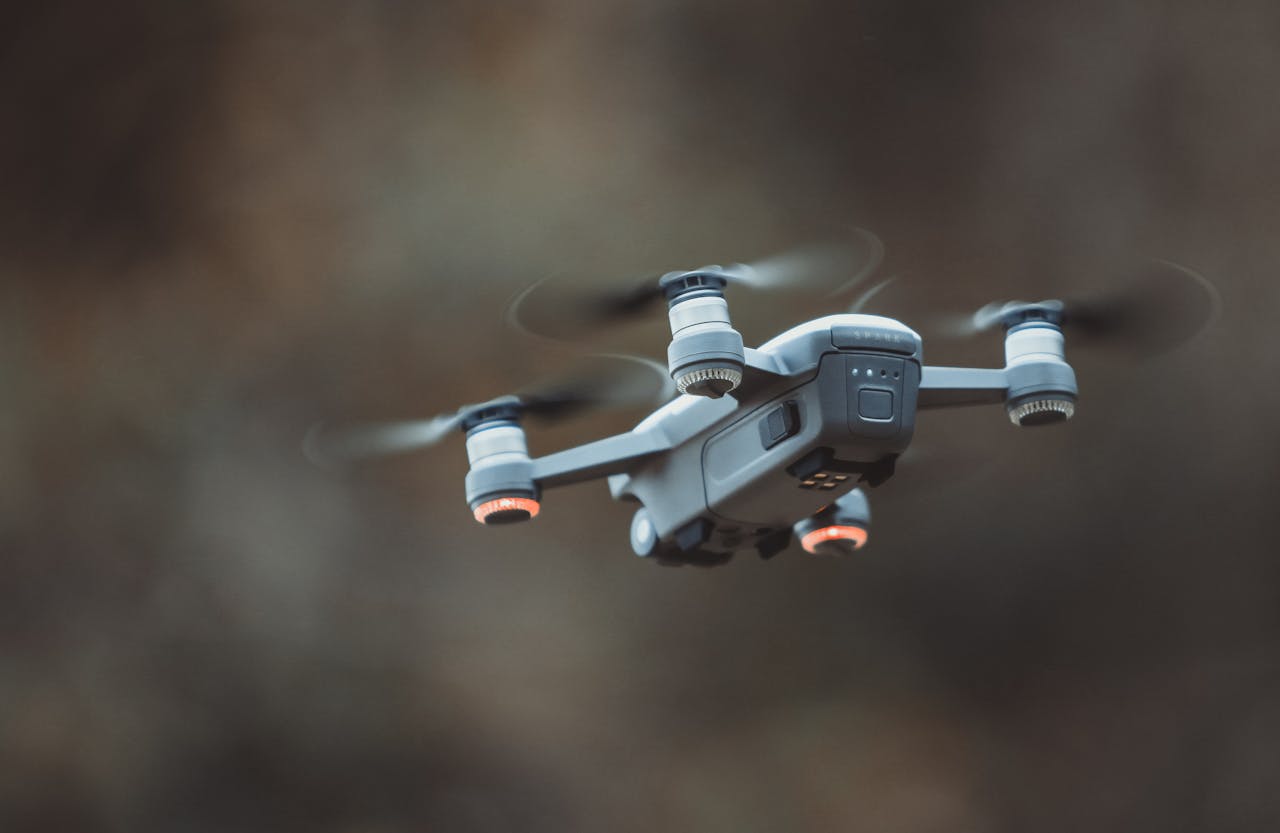

Insights from the Georgia Public Safety Drone Summit on Managing Unauthorized Drone Activity
At the DRONERESPONDERS Georgia Public Safety Drone Summit held at Tyler Perry Studios in Atlanta, GA, a critical session addressed the growing concern of unauthorized or rogue drones. The discussion centered on what law enforcement agencies can do when faced with community complaints about drones involved in illegal activities: from harassment or peeping toms to drug trafficking, prison breaks, and border incursions. Kristie Leach, an FAA Law Enforcement Assistance Program (LEAP) agent, provided valuable insights on the resources and strategies available to law enforcement officers (LEOs) in managing these incidents.
The Role of FAA LEAP in Supporting Law Enforcement
During the session, moderated by Amy Wiegand of the DRONERESPONDERS Board of Advisors, Kristie Leach outlined the significant role of FAA LEAP. LEAP acts as a liaison between the FAA and law enforcement agencies, assisting in cases where drones are involved in potentially illegal or unsafe activities. There are many challenges for local law enforcement in dealing with unauthorized drone activity.
“Often the drone has already left by the time the call comes in, and because they come in from the air, it’s difficult to know who is operating the drone and where to find them,” Leach explained.
Despite these challenges, LEAP provides crucial support to law enforcement by helping to identify potential drone operators through various FAA databases, such as the Airman Certification and UAS Registration databases. These tools help LEOs determine whether the drone’s activity falls under federal aviation laws, which apply to all unmanned aerial systems (UAS). “Drones cannot endanger people, they must comply with flight restrictions, and they must give way and not interfere with manned aircraft,” Leach noted.
Law Enforcement’s Frontline Role in Drone Incidents
Leach highlighted that LEOs are in the best position to respond quickly to public safety concerns involving drones. They play a critical role in detecting UAS violations, gathering evidence, identifying witnesses, and ultimately protecting the community from potential harm. When evaluating a drone incursion, officers must consider whether the drone is involved in criminal activity or if its operation poses a safety risk.
In situations where law enforcement encounters drone operators, Leach pointed out that operators are required to provide documentation. Recreational fliers must show a TRUST certificate, registration, and photo ID; while commercial fliers must also present a Part 107 license. Certain activities, such as operating a drone beyond altitude limits, may require regulatory action from the FAA.
To successfully prosecute a case, the FAA needs a lot of information from LEO – things that can be helpful include body cam footage of the person operating the drone; identification; witnesses; name and address of the LEO; and subsequent footage that the pilot may post to social media.
Tools and Resources for Managing Drone Incursions
Leach also discussed specific tools and resources available to LEOs for managing drone-related incidents. One such resource is the UAS Registration marking requirement, which helps in identifying drones – and if isn’t visible, is further evidence of a violation. Temporary Flight Restrictions (TFRs) are another critical area of enforcement, particularly in situations where drones violate restrictions over sports venues or public events. Leach reminded the audience that TFRs apply to UAS and are enforceable.
To aid in these efforts, Leach recommended several resources: including the FAA Drone Zone, the B4UFly app, and the DISCVR (Drone Information Safety Verification) tool, which helps determine whether a drone is authorized to operate in a specific area.
By utilizing these tools – or when appropriate, directing drone pilots to them – LEOs can better manage the complexities of unauthorized drone activity, ensuring the safety and security of the communities they serve.
Read more:

